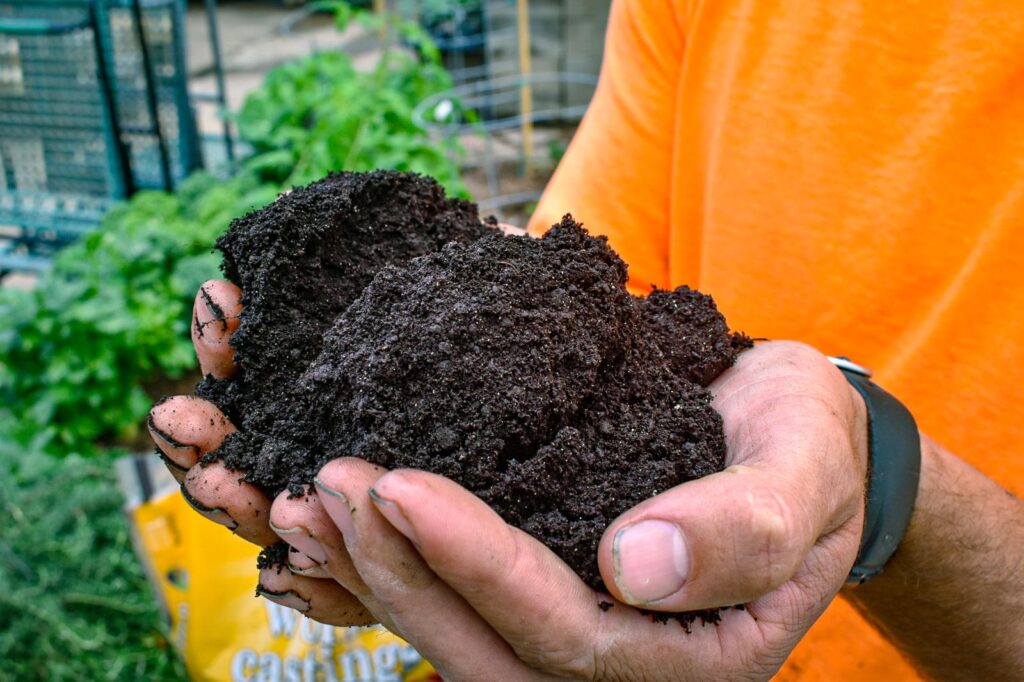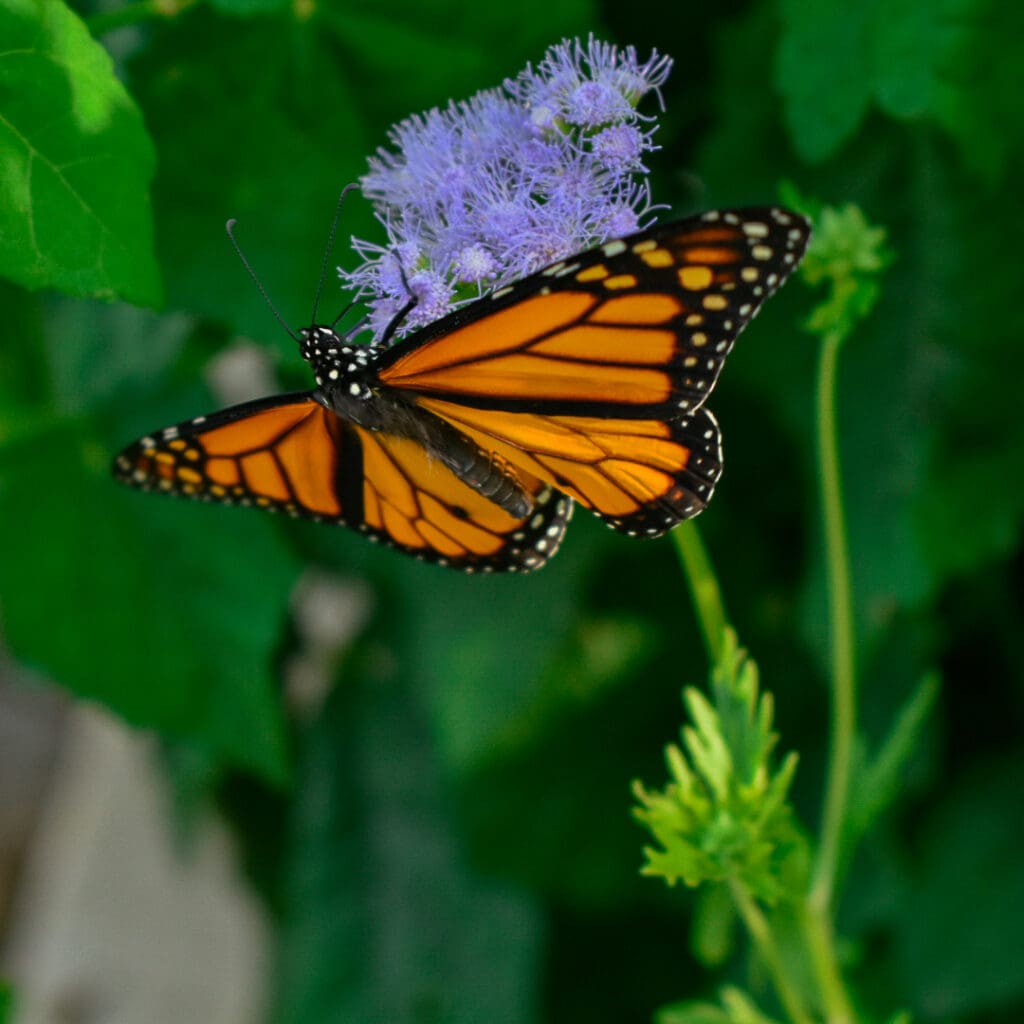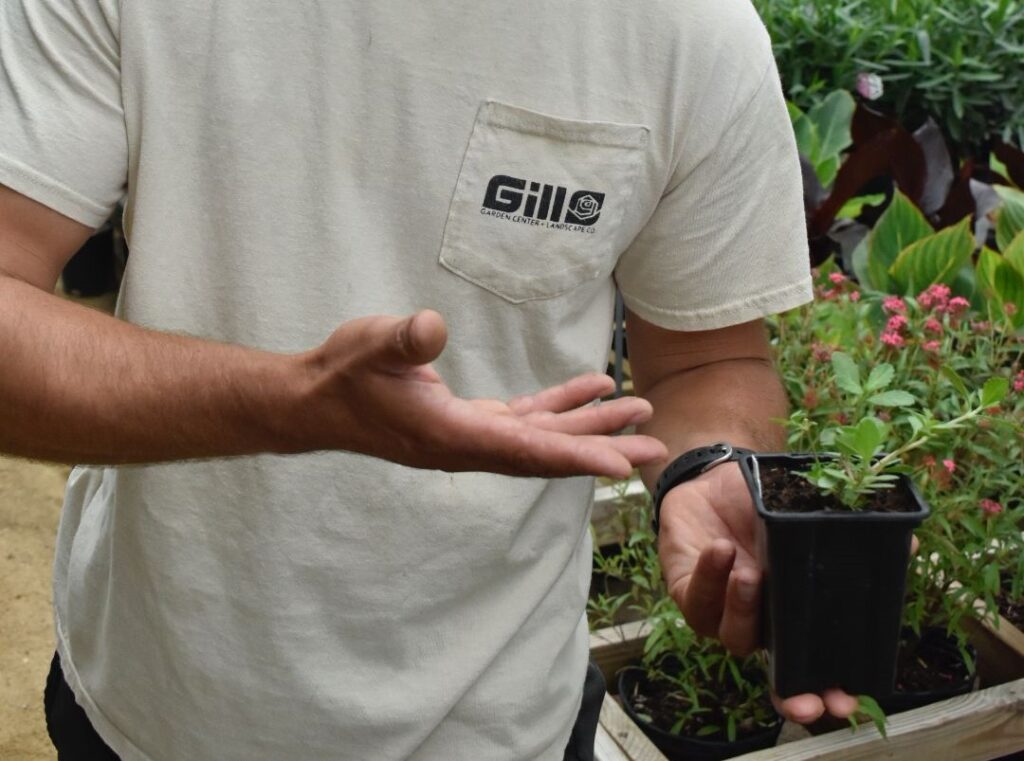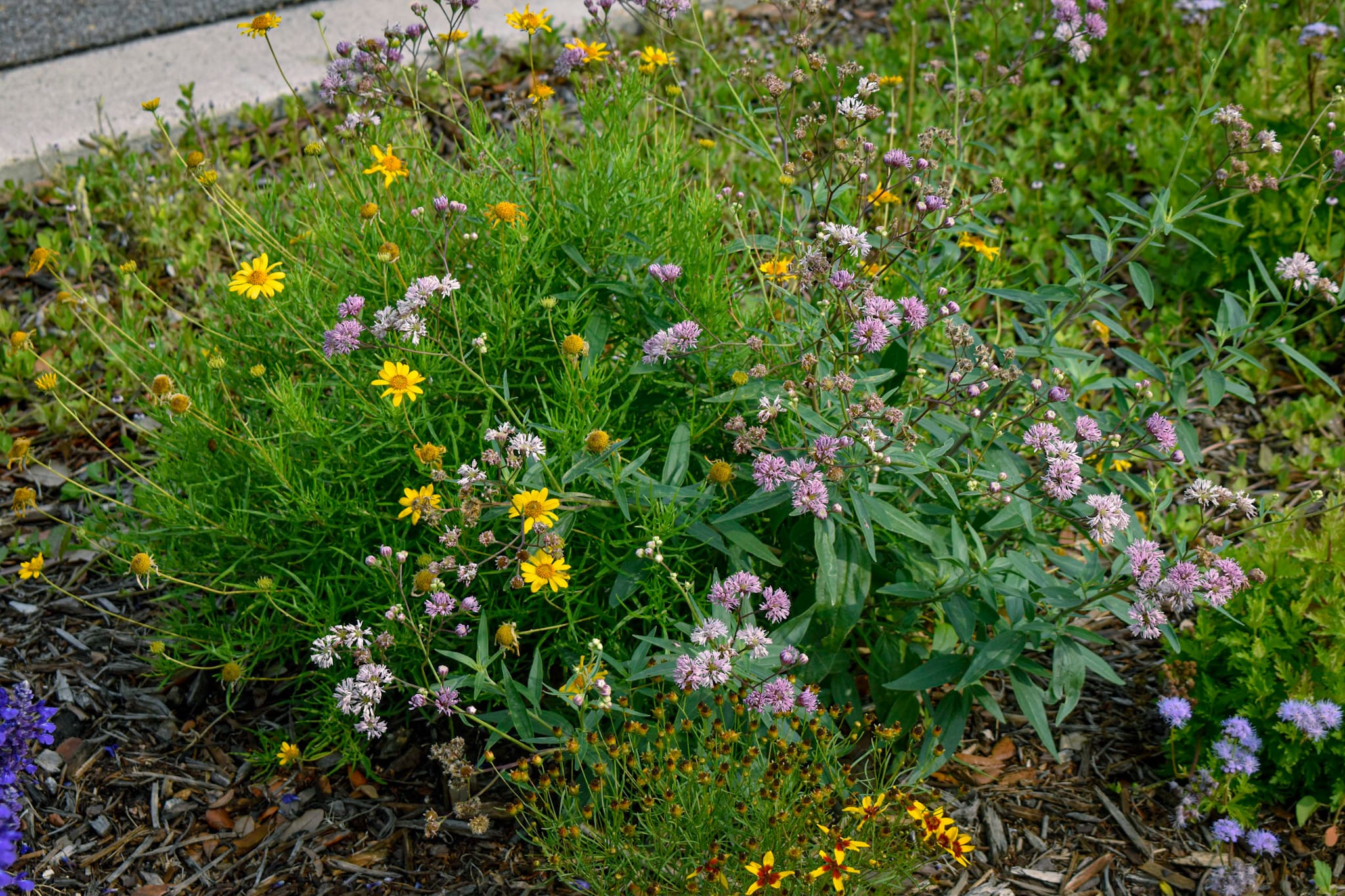Happy Earth Day Weekend! A big part of our purpose here at Gill’s is to help gardeners be the best stewards of their pieces of the earth that we all share. We want to help you create beautiful gardens that only get better with time, which means nourishing life in the soil and choosing the right plants. Here are a few areas of focus if you’d like to make your landscape more earth-friendly for Earth Day and beyond!
Focus on Nurturing Life in the Soil

Gardeners know that it all starts with healthy soil. By healthy, we mean ALIVE with all the microbes and fungi that help plants grow stronger roots. We also know that the soil types in our area (heavy clay or sand) need some amendment. Adding compost, worm castings, using organic plant food, and using natural hardwood mulch all help keep those microorganisms active and thriving. Over time, your soil will become lush and beautiful and your established and new plants will thrive. It also makes digging and working in the garden so much easier and more fun! Keep these soil microorganisms in mind if/when it’s time to treat for pests. This is the main reason why we almost never recommend chemical pesticides – they kill the good stuff in the soil too. Many pest problems can be solved by treating organically or by doing nothing at all.
Choose Plants that Support Pollinators

If we’re focused on supporting life in the soil, we can also focus on supporting important wildlife above ground with the plants we choose. We have so many options design-wise in South Texas for plants that attract and feed birds, butterflies, moths, bees, and other insect pollinators. Think of a well-placed native Yaupon Holly + a bird bath near a window where you and your pets can watch birds. Think of a fence line pollinator bed filled with different native and cultivated salvia varieties + Gregg’s Mistflower for butterflies. Think of a boring curb strip seeded with native wildflower mix. And right now, you can gear up for the April hummingbird migration by planting Firecracker Plant, Firebush, Turk’s Cap, Flame Acanthus, and many more. So many options for beautiful AND beneficial!
Reduce Lawn Space

With so much interest in supporting pollinators, combined with our current watering restrictions and a more modern restorative approach to landscape design, many of us are reconsidering the traditional lawn. It’s estimated that there are over 40 million acres of turfgrass lawns in the US. That means 40 million acres of diverse native plants that once supported wildlife have been replaced with a monoculture that provides no benefit to the ecosystem. Does this mean we should immediately remove and replace our entire lawn with natives? Maybe, but we can have a big impact by just reducing some lawn space. Think of it this way – how much of your lawn do you actually use? Could some of that space be devoted to new beds filled with plants that serve more of a purpose and use far less water? Could some of that space be converted to native groundcover like Wooly Stemodia, Dichondra, Frog Fruit, or Horseherb that use far less water than grass and don’t require any mowing?!



Reader Interactions